Why Multifamily EV Charging is So Important
Despite facing multiple obstacles, the adoption of EVs continues to make significant strides, propelled by the indisputable environmental advantages of zero emissions, setting them apart from traditional gas-powered internal combustion engine (ICE) vehicles. Notably, the forecast by Atlas Public Policy, predicting a record-breaking 9% market share for EVs in the United States in 2023, up from 7.3% in 2022, has received strong validation with the U.S. achieving an unprecedented feat in December 2023, having sold over one million EVs within a single year.
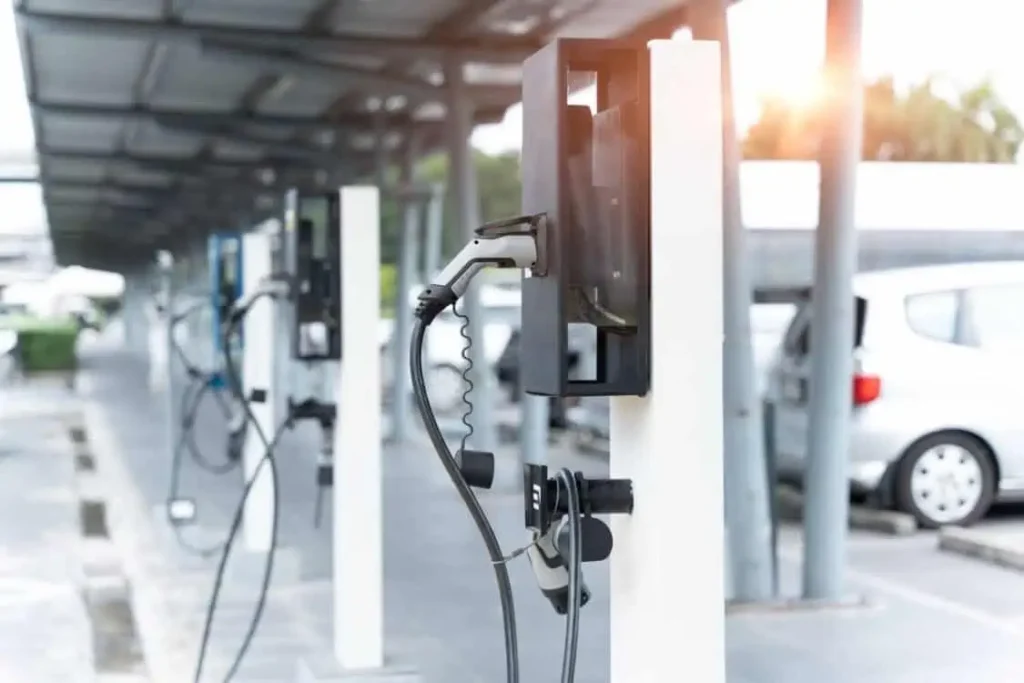
This remarkable achievement stands as a compelling counterargument to recent reports suggesting a downturn in EV adoption. Nevertheless, considerable challenges persist, encompassing the higher average cost of EVs compared to ICE vehicles and the urgent necessity for comprehensive EV education and dealership resources to fortify sales efforts and dispel misconceptions. Numerous potential buyers have voiced their dissatisfaction with dealerships lacking in-depth knowledge about EVs or subtly steering customers toward ICE vehicles instead of EVs.
Lack of Charging Stations Is a Major EV Adoption Barrier
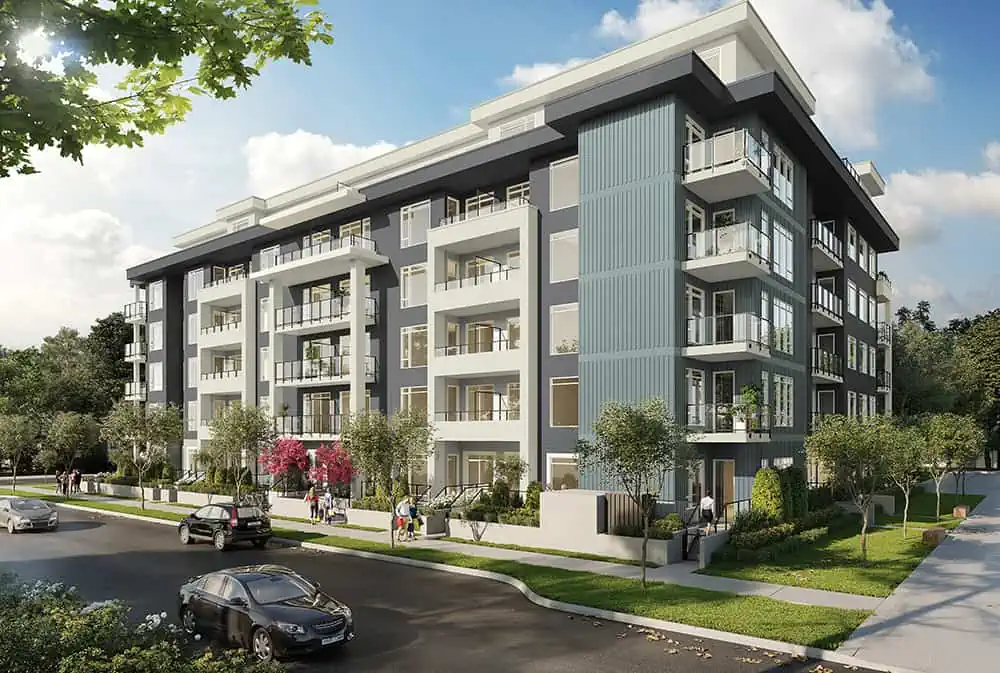
EV charging is another barrier. Ample charging stations are missing from large swaths of the country, especially rural areas. The U.S. Department of Transportation (DOT) released Charging Forward: A Toolkit for Planning and Funding Rural Electric Mobility to improve charging station infrastructure. The DOT also provides the most relevant and widely used federal programs for encouraging rural EV infrastructure on its list of federal funding programs. The lack of charging stations makes it difficult for these Americans to become EV owners.
Multifamily EV Charging and the Homeownership Gap
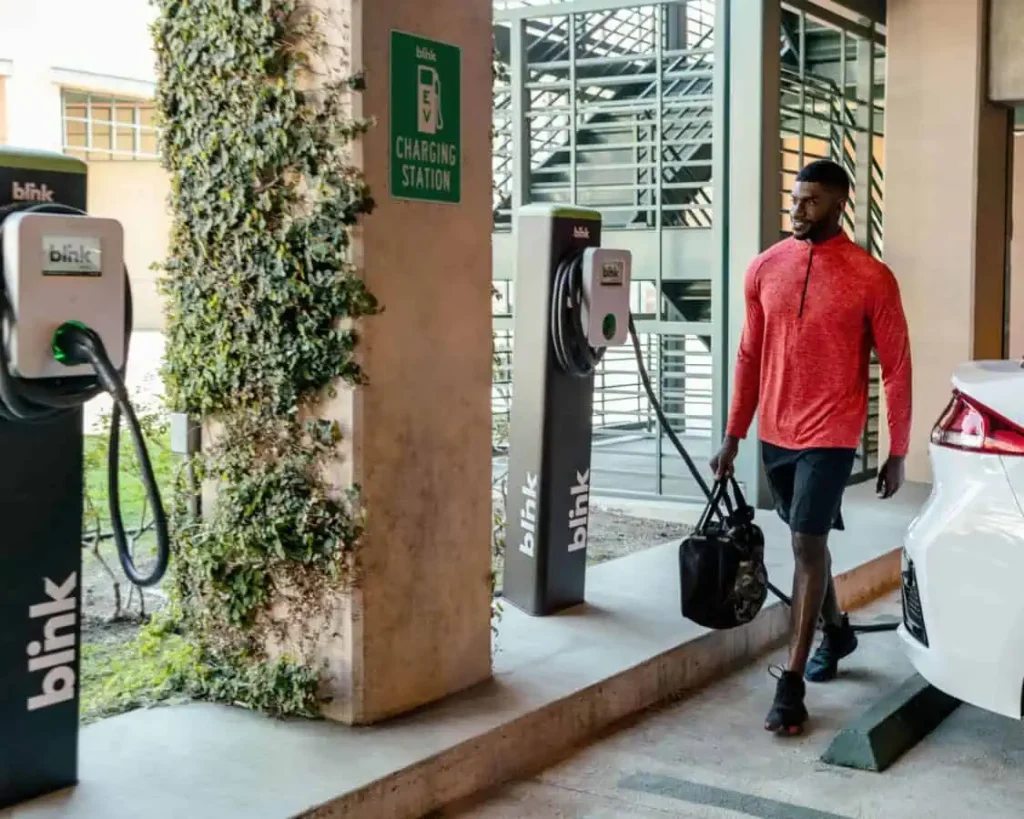
According to the JD Power 2022 U.S. Electric Vehicle Consideration Study, there is a notable disparity in the likelihood of EV adoption between homeowners and renters. A significant challenge for EV adoption relates to where people live and work. It turns out that more homeowners are very likely to consider buying an EV, with 27% of them expressing strong interest. On the other hand, only 17% of renters feel the same way. Homeowners tend to be more financially well-off and have better access to EV charging at their homes. Interestingly, among those who are unlikely to consider an EV, 34% mentioned that they don’t have any charging options at their home or workplace. This lack of charging access seems to play a pivotal role in their decision.
Most EV Adopters Are Single-Family Homeowners
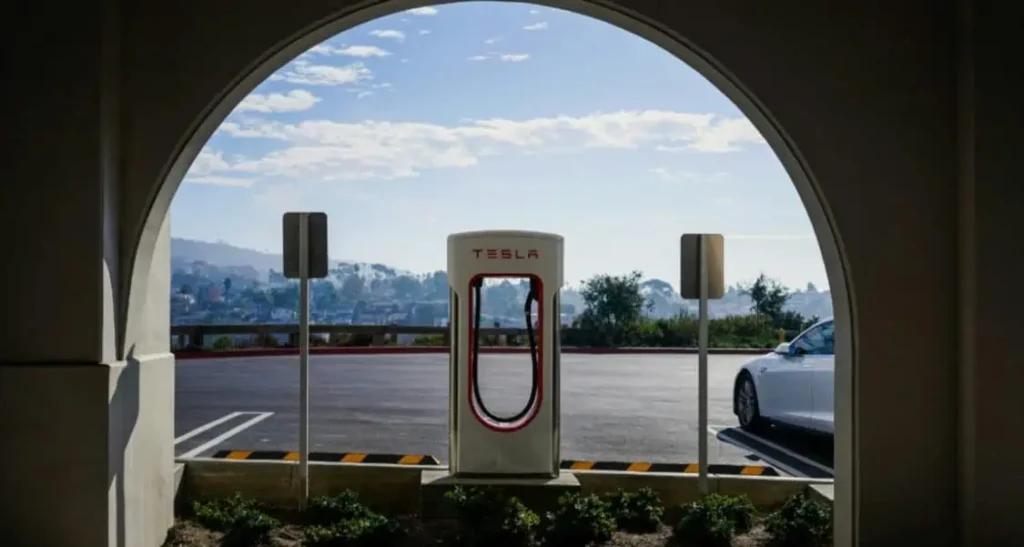
Single-family homeowners are the most likely American drivers to adopt an EV. This is because of the ease of charging EVs at home. Things aren’t perfect for many homeowners, however. Many homeowners need to complete expensive electric upgrades to install Level 2 chargers. This is needed because Level 1 (120 volts) is the slowest type, offering 3-5 miles of EV range per hour. Level 2 offers higher-rate AC charging through 240V, typically adding 10 to 25 miles of range per every hour of charging.
EV Charging in Multifamily Units Is Desperately Needed
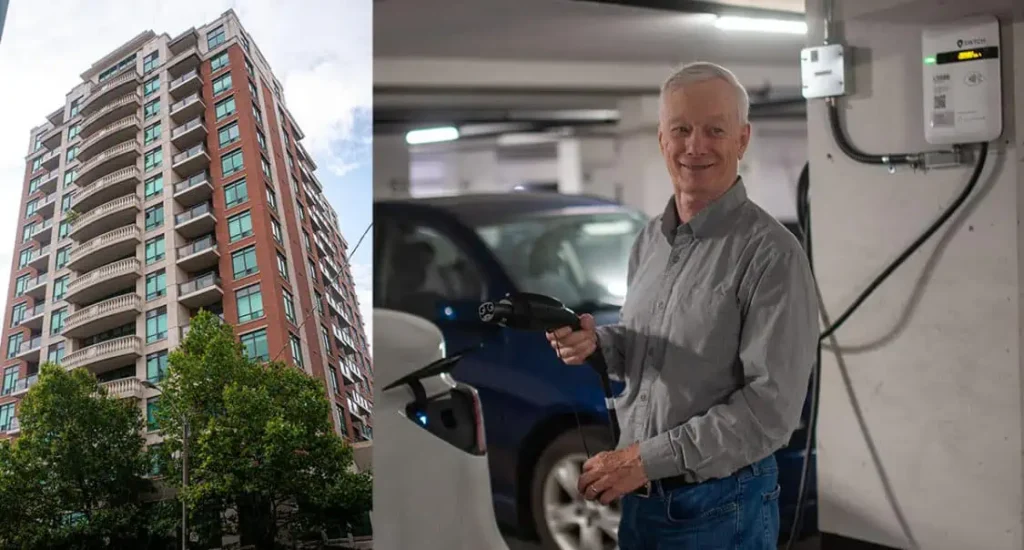
A July 2023 article by The U.S. Census Bureau said the U.S. homeownership rate in 2022 was 65.8%. As the National Association of Home Builders reported, multifamily housing comprised 31.4% of housing in the U.S. in 2019. This statistic came from a 2019 survey conducted by the American Housing Survey and the U.S. Census Bureau.
EV charging in multifamily units is tremendously under-served in 2023. Most EV charging stations have popped up in places like shopping mall parking lots, airports, schools and universities, government offices, and other businesses.
While EV charging is a valuable amenity for property owners to install, it has yet to happen in significant amounts. Property managers said EV charging was the third most popular upgrade for amenities in a 2021 survey by Multifamily Design+Construction, reported by the National Apartment Association.
Multiple Challenges Exist for Installing Multifamily EV Charging

The complexity of multifamily housing poses challenges when it comes to installing EV charging infrastructure. This complexity arises from the involvement of various parties, including building owners, homeowner associations (HOAs), and residents, who may either own or rent their units, each having different preferences and requirements.
Reaching agreements among these diverse stakeholders can be intricate and potentially problematic. These agreements must address key aspects such as how to provide metering for individual units, how to charge tenants for EV charging services, and the allocation of responsibilities for maintaining the electric vehicle supply equipment (EVSE).
Joanna Hamblin, an experienced Cleantech Marketing and PR Consultant, provides insights in EnergyTech into the multifamily EV charging landscape. She highlights that one significant reason for the slower adoption of EV charging in multifamily buildings compared to single-family homes is the intricate nature of involving multiple stakeholders. These stakeholders encompass building owners, operators, condo owners, residents, HOAs, and utilities, each with their own interests.
Hamblin underscores the advantage for service providers who can effectively navigate these complexities. Such providers can gain a competitive edge as early adopters, positioning themselves to capture a substantial market share.
Furthermore, Hamblin emphasizes the need for increased capital investment to facilitate the deployment of Electric Vehicle Supply Equipment (EVSE) in multifamily settings. This infusion of capital can create new opportunities for ownership models and financing approaches.
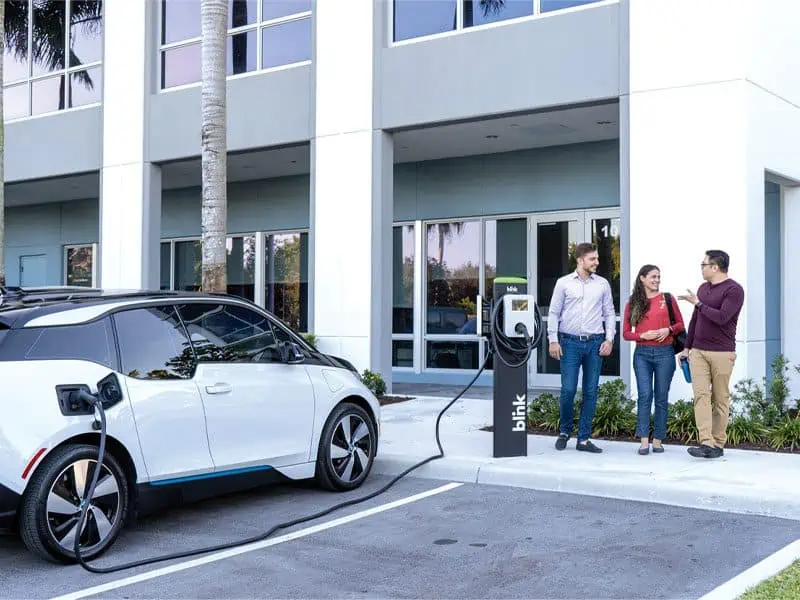
She also underscores the importance of creative solutions that incentivize both residents and building owners. Large corporations can play a pivotal role by shouldering capital expenditures for necessary building upgrades, reducing or even eliminating the initial costs associated with EV charging infrastructure installation. This approach can contribute to the electrification of communities that have historically lacked access to EV charging.
Lastly, Hamblin highlights the role of regulations, particularly the emergence of ‘Right to Charge’ laws. These laws mandate the readiness of parking spaces in multifamily buildings for EV charging stations, and they continue to influence the industry landscape, particularly for renters, with several states enacting such regulations.
Costs Are High for Retrofitting Older Multifamily Buildings for EV Charging
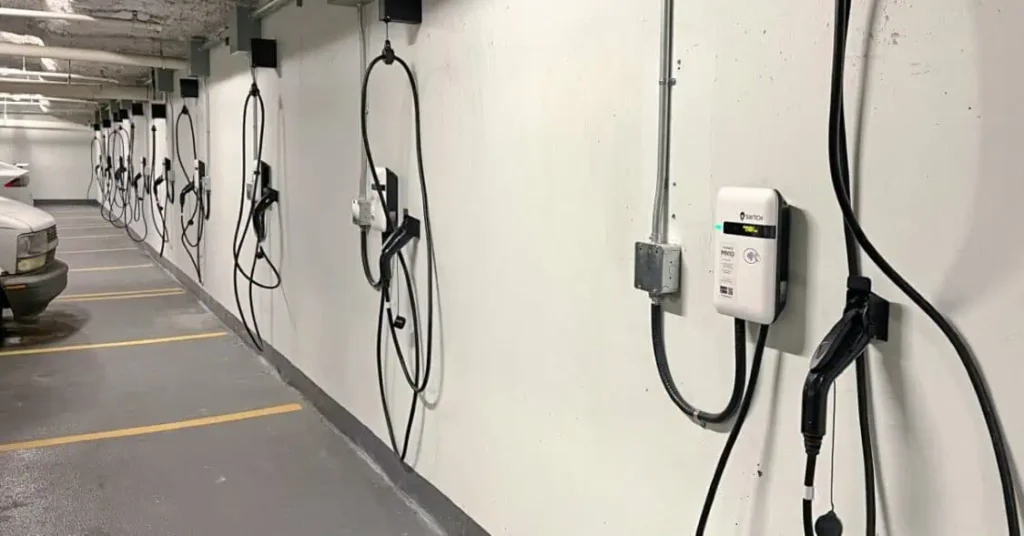
Retrofitting older buildings for EV charging can often be costly, and owners typically prioritize other essential needs for these older structures, such as plumbing upgrades, roof repairs, or solar installations.
Looking ahead, the future appears promising for those interested in entering the thriving multifamily EV charging market. Several companies have already ventured into this space, including well-known names like Tesla, Blink, ChargePoint, GoPowerEV, Amperage Capital, Orange Charger, EV Connect, Loop, EverCharge, Oodles Energy, SWTCH, Pangea Charging, Wevo Energy, Livingston Energy Group, Vehya, and Xeal. Despite these initial players, the demand for additional charging infrastructure remains substantial, creating numerous opportunities for innovative companies to contribute to the growing EV charging sector. The field is wide open, welcoming forward-thinking businesses to make their mark.

Electric Vehicle Marketing Consultant, Writer and Editor. Publisher EVinfo.net.
Portfolio: BillPierce.net
